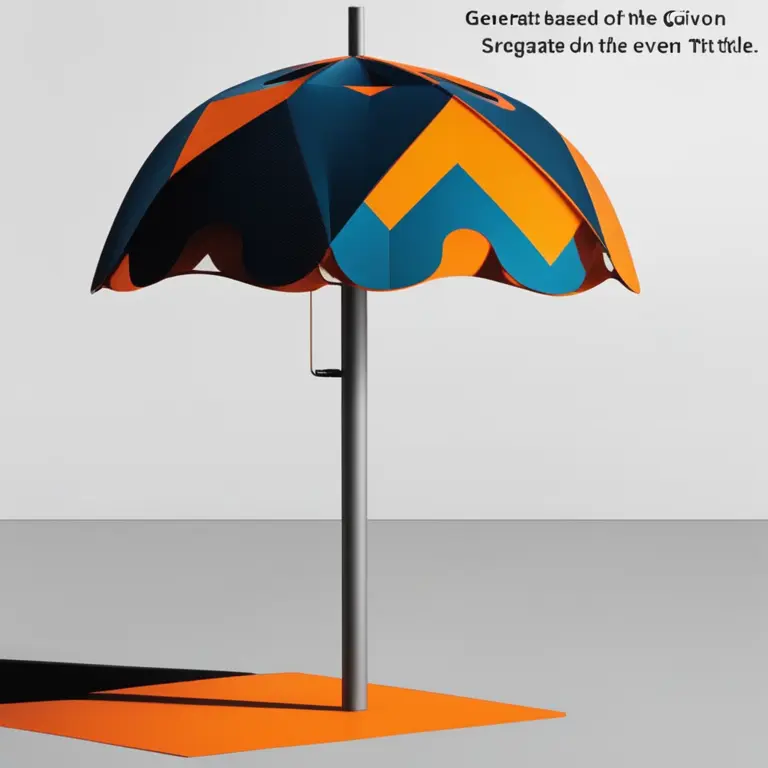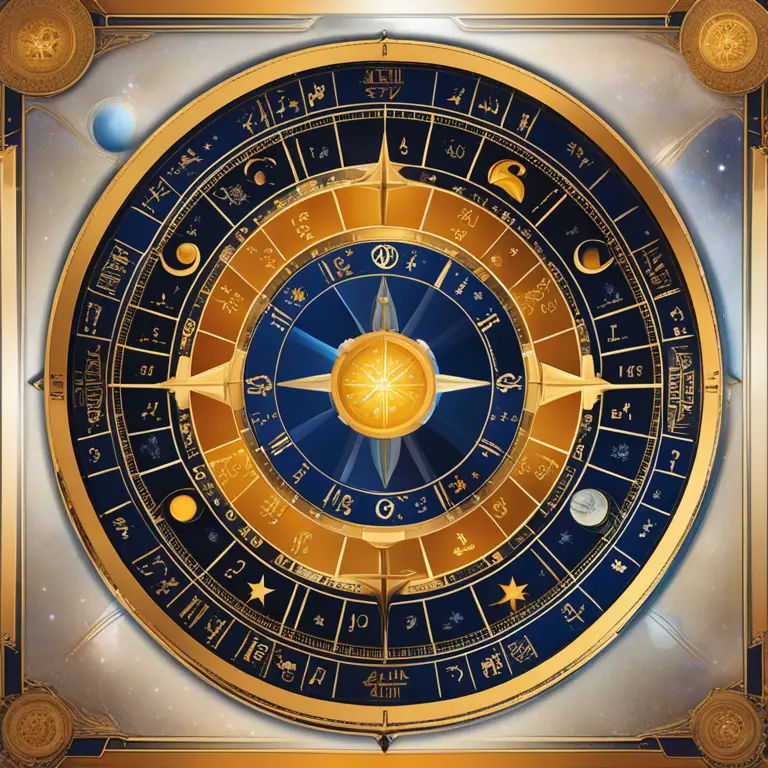
Constructing Your Birth Chart with Limited Data
Learn how your incomplete birth details can still offer insights into your astrological profile through a personalized birth chart analysis.
article by Priya Deshmukh
Birth Chart Basics
Astrology enthusiasts know that a birth chart is a cosmic snapshot of the sky at the moment of one's birth. It's a personalized map revealing intricate details about personality, life paths, and potential. Traditional chart delineation hinges on three critical pieces of information: date, time, and location of birth. The time and location set the stage for the Ascendant or rising sign and house placements—vital elements in profound astrological analysis. Without these, interpretation faces limitations, but it does not render the endeavor fruitless. In this discussion, we delve into the possibilities of birth chart interpretation when time or location is unknown.

Overcoming Data Limitations
When time of birth is unavailable, astrologers turn to a technique known as 'solar charting.' This places the Sun at the helm—literally setting it as the Ascendant—and reorganizes the house system accordingly. Although this method can't reveal the ascendant or the exact house positions that a timed chart can, it can still uncover much about the native's planetary aspects and sign placements. As signs change roughly every two hours, even without the precise birth time, an approximate time frame, like morning or night, can offer additional clues for interpretation.

The Role of Dates and Signs
Let's consider a birth chart based exclusively on the birth date for 2024 or later. Without a time or place, the Sun sign still acts as the central zodiac influence, shaping core personality traits. The Moon changes signs roughly every 2.5 days, giving a window to narrow down its influence on emotional expression and inner self. The faster-moving planets—Mercury, Venus, and Mars—change signs relatively quickly and can reflect mental processes, values, and drive. The slower-moving planets, like Jupiter and Saturn, shape generational effects and offer insights into longer-term growth and challenges.

Planetary Interactions
When working with a time-free chart, the focus shifts from houses to the relationships between planets, known as aspects. While a timed chart offers a 3D view of personality and life events, untimed charts present a 2D overview of character. Aspects like trines, squares, and oppositions remain accurately calculable and elucidate talents, tensions, and balances in a person's life. These interplanetary dialogues contribute significantly to an individual's makeup and are valuable even without time-specific data.

Cultural and Seasonal Context
Broadening the lens, geographical and cultural context can partly substitute for exact location. Understanding the societal and seasonal influences prevalent around the time of birth can provide an additional layer of depth. Seasonal variations may impact personality traits; for instance, someone born in the northern hemisphere's spring might have a different disposition than someone arriving in the fall. These nuances, albeit less personalized, still enhance the richness of an astrological profile.
Rectification and Future Potentials
Astrologers often use a process called 'rectification' to estimate a birth time when it's unknown. This involves working backward from known life events to adjust a speculative chart until it aligns with the individual's experiences. Additionally, looking forward to transits and progressions allows for predictive astrology. Though the exact timings of future events may elude us without the birth time, major planetary movements into signs and aspects to natal planets will still reveal forthcoming energies and themes pertinent from 2024 onward.
Published: 2/9/2024
Modified: 2/9/2024
More predictions
Come back here soon to learn more about yourself and your future


Tarot that Embodies Virgo
Discover which Tarot card aligns with the Virgo zodiac sign, revealing the intricate relationship between Tarot symbolism and astrological insight.


The Origins of Tarot Cards: A Historical Inquiry
Delve into the origins and history of tarot cards, exploring the artists and cultural influences that shaped these enigmatic tools of divination.